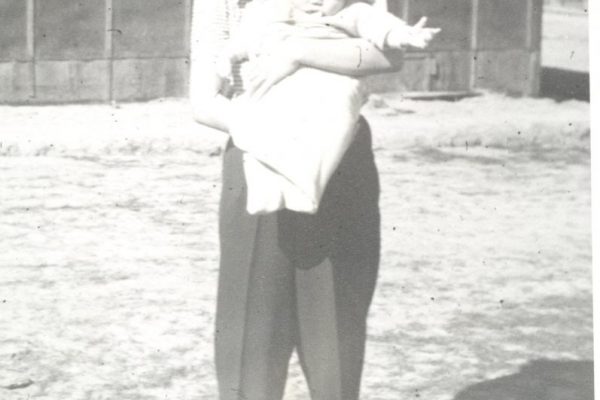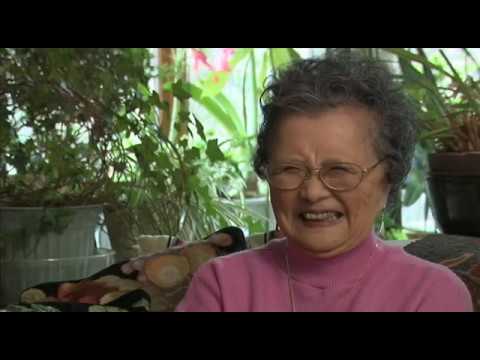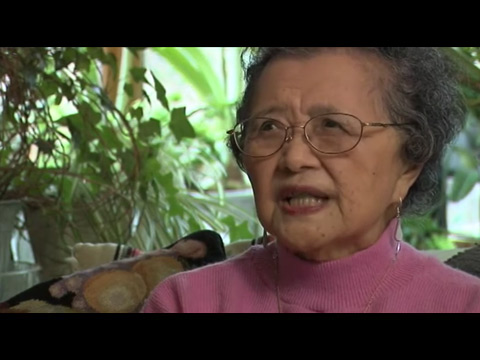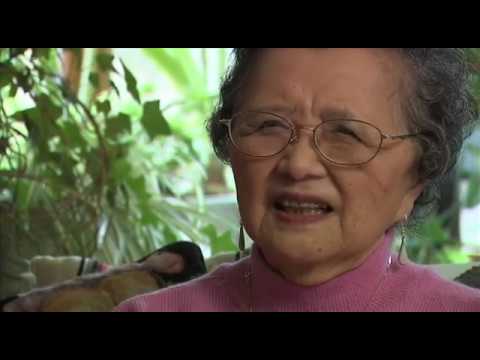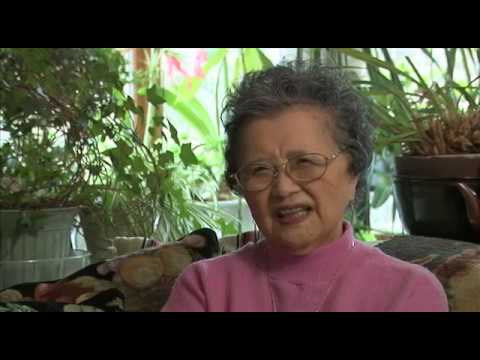To see this interview in its entirety, go to the Densho website archives. You will have to register to be allowed access to their archives. Once in the archive, visit the Visual History Collections: Bainbridge Island Japanese American Community Collection.
Chaos, storage and loss, packing and what to wear – Kay Nakao (OH0019)
Transcript
Oh, it was kind of a chaos. ‘Cause in one week, you had to get somebody to run your farm, store some of your things for you, and sell something if you wanted to, and destroy everything that, you know, Japanese. And so it was chaotic, but with six children helping, doing everything, it, it got done.
We had a number of bedrooms in this new house, and so one bedroom was used as a storage, whatever we couldn’t bring, you know, like trunk–full of things, and all your beddings for the eight of us. And on the farm, usually, Mom and Dad always — well, not usually, most always — bought things in big bulks ’cause there were eight of us. And so in a year’s time they would buy thirteen sacks of rice, hundred pounds each, and a big sack of sugar, flour, and cases of milk, cases of salmon, case of abalone and all that kind of a thing. And of course we hadn’t used all those things, so… and coffee. And so we stored some of those things up there. And in those days, you know, you didn’t have very strong locks or anything, you trusted everybody and anything, so we weren’t worried about anything getting lost. But we did have a renter that decided she’s gonna peek in there, I guess, and kind of helped herself to some of the cotton things, you know, like sheets and towels and things like that, because you couldn’t get those kinds of things during the war. Because the, all the cotton things were used for army, cleaning their machinery and whatever else they had to do, that’s what we were told. So anyway, and then all that extra food that was stored, lots of it was gone, yeah. But that’s how it goes.
One suitcase apiece. Dad went to town and bought eight suitcases, we all had one suitcase apiece. And so we put in whatever we felt like we needed, and we really didn’t know what we needed. We needed a change of clothes, of course, and some few important things we felt, each one felt that was important to him or her, we put in our suitcase. And we wore a lot of clothes. [Laughs] It was a beautiful day in March, and my goodness, I had my wool suit on, and wool coat on, and my hat on and good shoes. [Laughs] And where were we going? We didn’t know. And we had probably, I don’t know how much underneath we had on.
